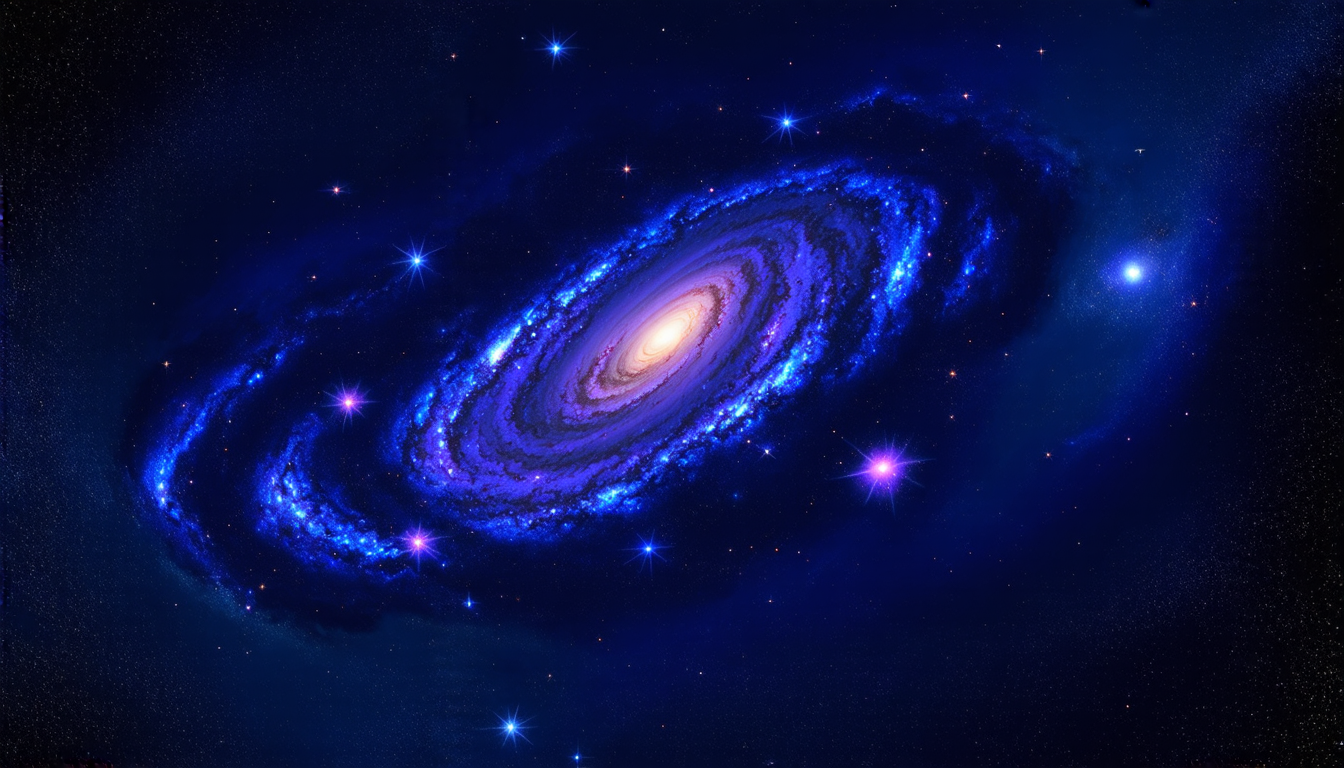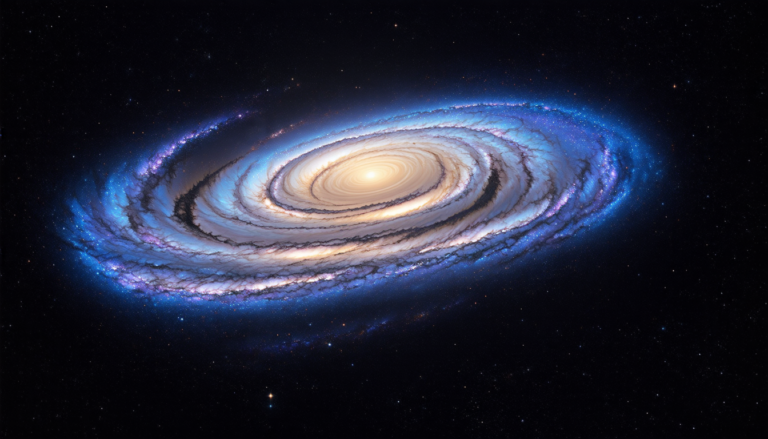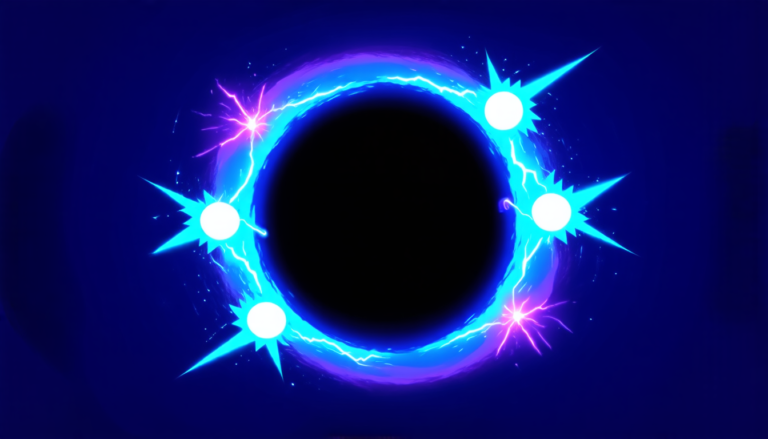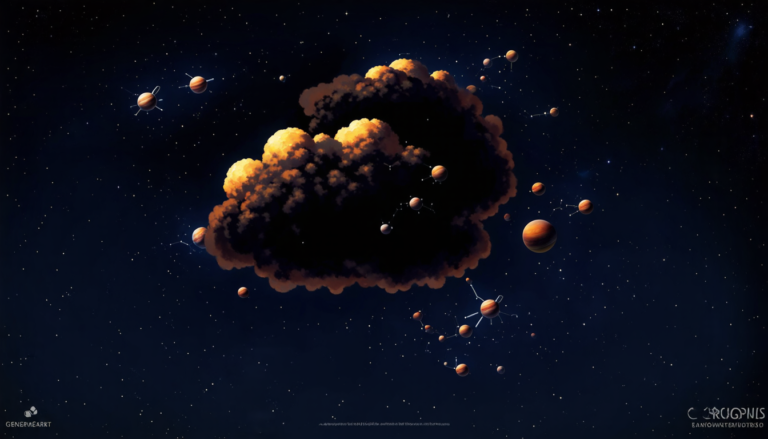Thursday 20 November 2025
The quest for a deeper understanding of our universe has long been driven by humanity’s insatiable curiosity about the cosmos. One key aspect of this pursuit is the study of large-scale structures, such as galaxy clusters and superclusters, which hold vital clues to the evolution and fate of the universe.
To tackle this challenge, scientists have developed innovative methods for mapping these cosmic behemoths. The 4MOST Cosmology Redshift Survey (CRS), a collaborative effort involving researchers from around the world, is one such endeavour. By harnessing the power of cutting-edge telescopes and sophisticated data analysis techniques, the CRS aims to chart the distribution of galaxies across vast swaths of space.
The survey’s primary focus lies on two distinct galaxy populations: bright galaxies (BGs) and luminous red galaxies (LRGs). These celestial entities serve as cosmic yardsticks, allowing scientists to measure distances and probe the fabric of spacetime. By examining their clustering properties – how they distribute themselves across the universe – researchers can glean insights into the underlying structure and evolution of the cosmos.
The CRS team has been busily refining its target selection criteria, photometry, and masking strategies to ensure accurate and consistent results. A key breakthrough came with the development of novel redshift distributions, which enable a more precise understanding of the galaxies’ velocities and distances. This achievement has far-reaching implications for our comprehension of galaxy evolution, dark matter, and dark energy.
The survey’s findings have already begun to shed light on several intriguing phenomena. For instance, the researchers have detected subtle variations in the angular clustering patterns between BGs and LRGs. These differences may be indicative of distinct physical processes governing the formation and growth of these galaxies.
As the CRS continues to unfold, scientists anticipate a wealth of new discoveries and insights into the workings of the universe. By mapping the distribution of galaxies across vast regions of space, they hope to uncover hidden patterns and relationships that will ultimately reveal the secrets of cosmic evolution.
The 4MOST Cosmology Redshift Survey represents a significant step forward in our quest for knowledge about the cosmos. As scientists continue to analyze the data and refine their techniques, we can expect a flood of new discoveries and a deeper understanding of the universe’s mysteries.
Cite this article: “Unveiling the Secrets of the Universe: The 4MOST Cosmology Redshift Survey”, The Science Archive, 2025.
Cosmology, Galaxy Clusters, Superclusters, Galaxy Evolution, Dark Matter, Dark Energy, Redshift Survey, Photometry, Masking Strategies, Galaxy Formation.







